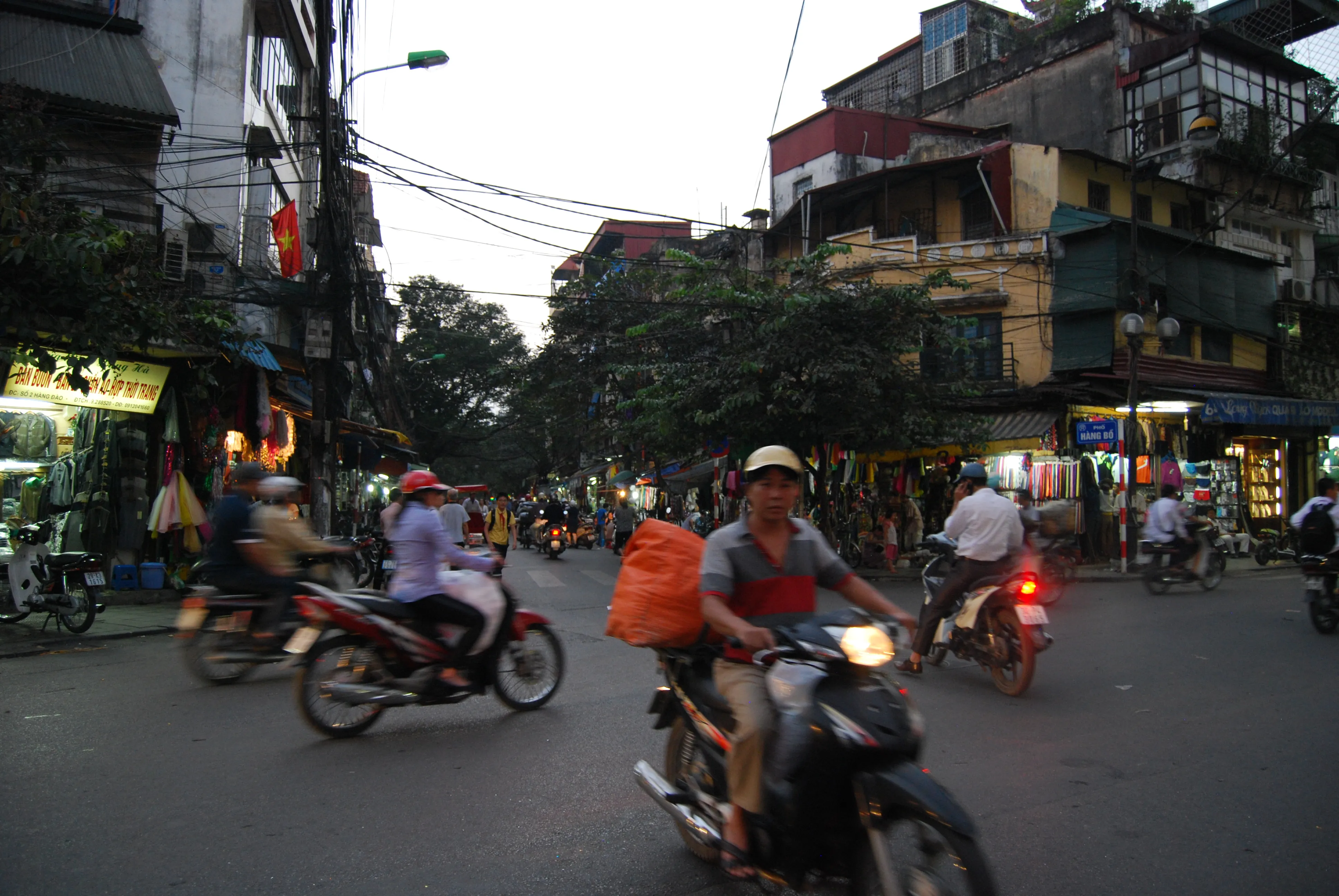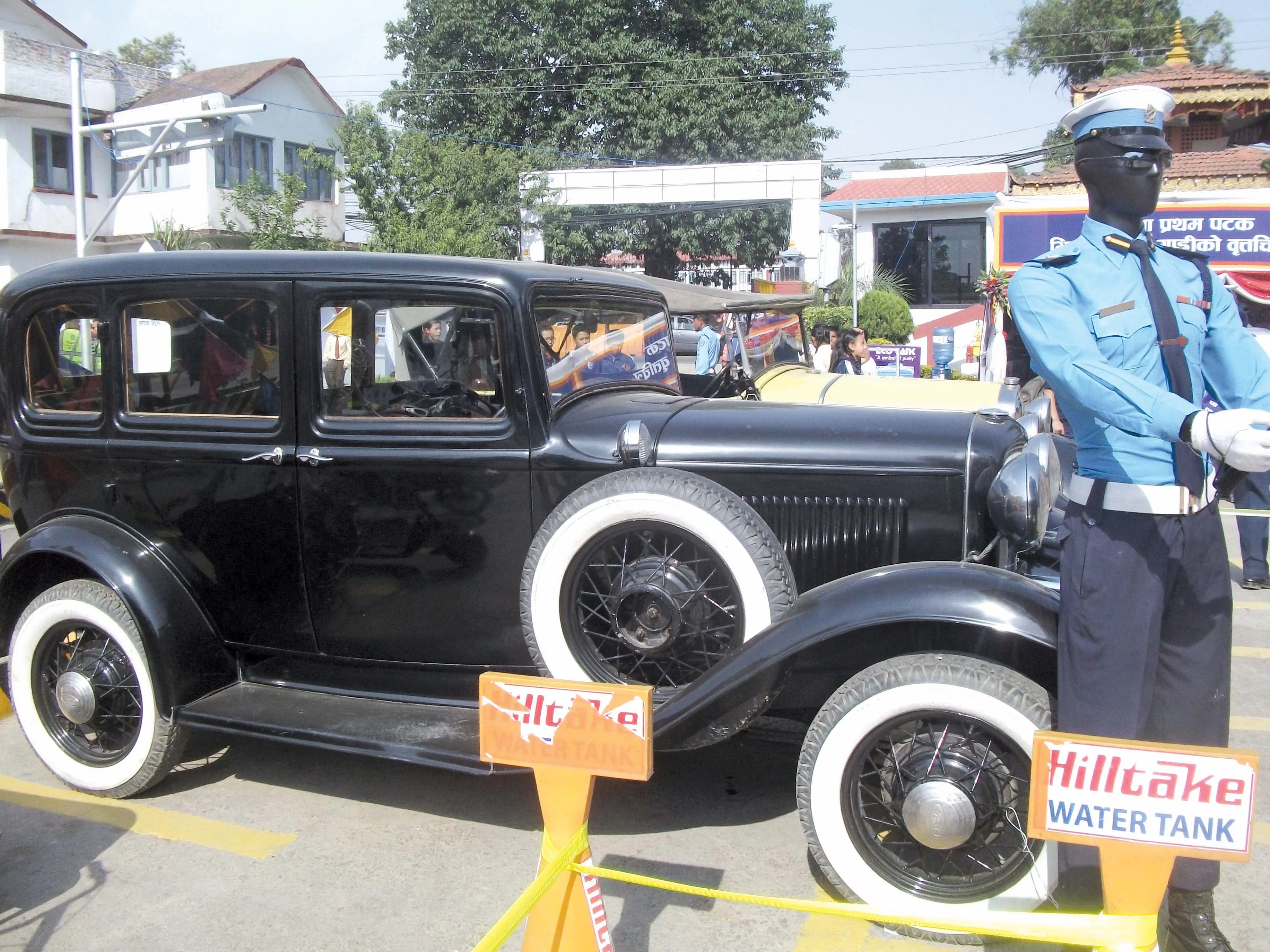
Despite far fewer vehicles on the road due to the Covid-19 lock-down, US state highway officials say they are seeing a spike in drivers speeding. Some are reporting a significant surge in vehicles clocked at 100mph or more, according to the Governors Highway Safety Association (GHSA).
“While COVID-19 is clearly our national priority, our traffic safety laws cannot be ignored,” said Jonathan Adkins, executive director of the GHSA. “Law enforcement officials have the same mission as health care providers — to save lives. If you must drive, buckle up, follow the posted speed limit and look out for pedestrians and bicyclists. Emergency rooms in many areas of the country are at capacity and the last thing they need is additional strain from traffic crash victims.”
Concurrently, during the past month, officials report an exponential increase in pedestrian and bicycle traffic. Adkins noted that the GHSA is encouraged to see so many communities across the country making roadways more accessible to pedestrians and bicyclists. To keep roads safe for everyone, traffic safety officials nationwide are pleading with motorists to slow down and respect traffic safety laws, he said.
Police in the US states of Colorado, Indiana, Nebraska and Utah have clocked highway speeds of over 100mph while Florida and Iowa has seen drivers reaching 40mph over the posted speed limit.
In New York City, too – the worst-hit US city for deaths during the covid crisis - automated speed cameras issued 24,765 speeding tickets on March 27. This is nearly double the 12,672 tickets issued daily a month earlier, according to city officials.
Meanwhile, in Los Angeles, speeds are up by as much as 30% on some streets, prompting changes to traffic lights and pedestrian walk signals.
Some states are finding reduced crash rates. But when crashes do occur, they are more serious. In the state of Massachusetts, the fatality rate for car crashes is rising and in Nevada and Rhode Island, state officials note pedestrian fatalities are rising.
Motor vehicle crashes and fatalities have more than doubled compared to the same time period in previous years in the northern state of Minnesota. Half those deaths were related to speeding or to careless or negligent driving.
“During the past two months, Americans nationwide have shown that we are all willing to do the right thing to protect ourselves and each other,” said Pam Fischer, senior director of external engagement and special projects at the GHSA. “We must maintain that same sense of urgency when it comes to the road. Drivers need to respect the law and look out for other road users, so that we can prevent needless loss of life now and moving forward.”
The GHSA’s 2019 report on speeding, called “Speeding Away from Zero: Rethinking a Forgotten Traffic Safety Challenge”, highlights excessive vehicle speed as a persistent factor in nearly one-third of all motor vehicle-related fatalities. A more recent GHSA report on pedestrian deaths, published in February, finds that pedestrians now account for 17% of all traffic-related fatalities.
Despite the fact that a significant percentage of all crashes are speeding-related, speeding is not given enough attention as a traffic safety issue and is deemed culturally acceptable by the motoring public.
To combat this problem, GHSA, along with the Insurance Institute for Highway Safety and The National Road Safety Foundation, is providing up to US$200,000 in grant funding to a community to develop, implement and evaluate a speed management pilot programme. The organisations are looking for a pilot programme that can be scaled nationally and plan to announce the grant winner in May.
*The Governors Highway Safety Association was set up in 1966 as a non-profit organisation based in Washington, DC. Its members are the highway safety offices of the 50 US states, US territories and the Indian Nations (first nation people of North America). GHSA tracks information on state highway safety laws, including cell-phone and text-messaging restrictions, seat-belt laws and drunk-driving penalties. When analysing road safety, it looks to "whether states have enacted proven safety enhancements such as motorcycle helmet laws and primary seat belt laws, which allow police to stop motorists solely for being unbuckled".







